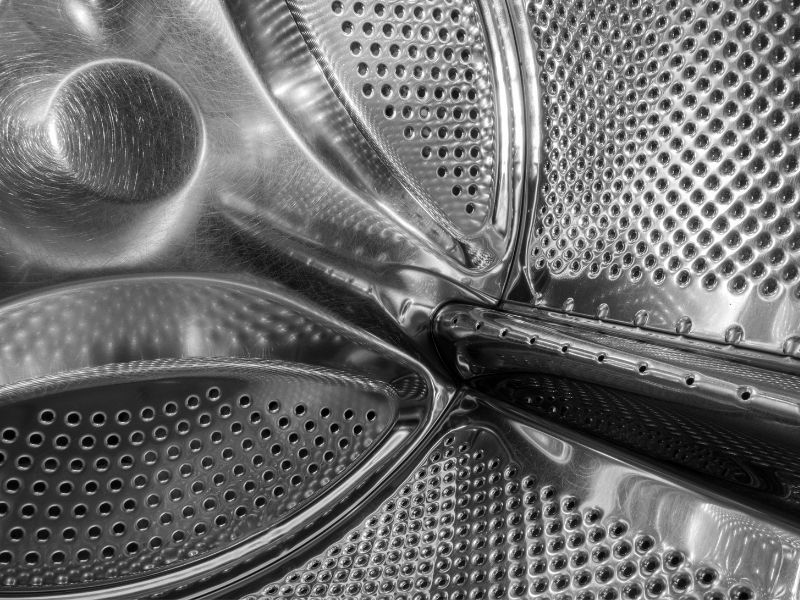My laundromat currently has 40 30-pound stack dryers. However, they’re 18 years old, and I’m starting to have some mechanical issues with them – so I think it may be time to replace them. Lately, I’ve been considering possibly purchasing 50-pound stack dryers to replace the old units. On the weekends, the store can sometimes get rather backed up with customers waiting to dry their clothes.
Or, perhaps rather than switching to 50-pounders, should I buy new 30-pound dryers and simply try to make some room from for some additional machines somewhere in my laundromat? I charge 25 cents for 10 minutes of drying time with the 30-pounders, and I’ve never had any customer complaints, except when they have to wait for dryers.
The way I see it you have two options:
You can replace half of your 30-pound dryers with new 50-pound units. This will increase your laundromat’s drying capacity by 800 pounds per cycle, while not requiring you to install any additional stack dryers.
If that’s not enough additional capacity, you can go all in and replace all of your 30-pound dryers with 50-pound machines. Remember that you will be increasing the capacity of each stack by 40 pounds – so you’ll be boosting your store’s total drying capacity by 1,600 pounds per cycle. At that point, you should never have a problem with customers waiting for dryers.
However, remember to charge appropriately for your new 50-pound dryers. After all, you likely will be receiving higher natural gas and electric bills.
We have a busy drop-off laundry business at our laundromat. However, we’ve recently received a number of complaints about the clothes not having a “perfume-y” enough smell to them. Do you think I should change the type of detergent we use for wash-dry-fold? Should I look for a more aromatic product?
Keep in mind that the most important job a detergent does is to get your customers’ clothes clean. Any scent that remains within the processed loads will be coming from the fabric softener, not the detergent.
The smell from your detergent most likely will be rinsed out during the rinse cycles. However, since the fabric softener goes into the very last rinse cycle, its scent will tend to linger on the finished garments.
If the scent is an issue with your wash-dry-fold customers, change your softener and/or use scented dryer sheets. But, above all, remember the detergent needs to clean the garments, while the softener’s task is to soften the fabric and also carry over a pleasing scent.
I own three laundromats, and my businesses have suffered a number of dryer fires. I have the ductwork cleaned out every three years. What else can I do to prevent these fires? Am I missing something?
One of the problems I notice in a lot of laundromats is the fact that the ductwork has been improperly installed right from the very beginning. The installers very likely didn’t read the manufacturers’ manuals and, therefore, installed the exhaust ducts strictly to move air. However, there is another very pesky and prevalent substance in our industry called lint, which also has to be moved out. And, as lint cools in temperature, it drops down and collects rapidly within a laundromat’s ductwork.
As a result, my answer is to clean out your ductwork more frequently than every three years, or else change out your exhaust ducts. Of course, if you decide to alter your exhaust ductwork, be sure to closely follow the manufacturer’s instructions.












